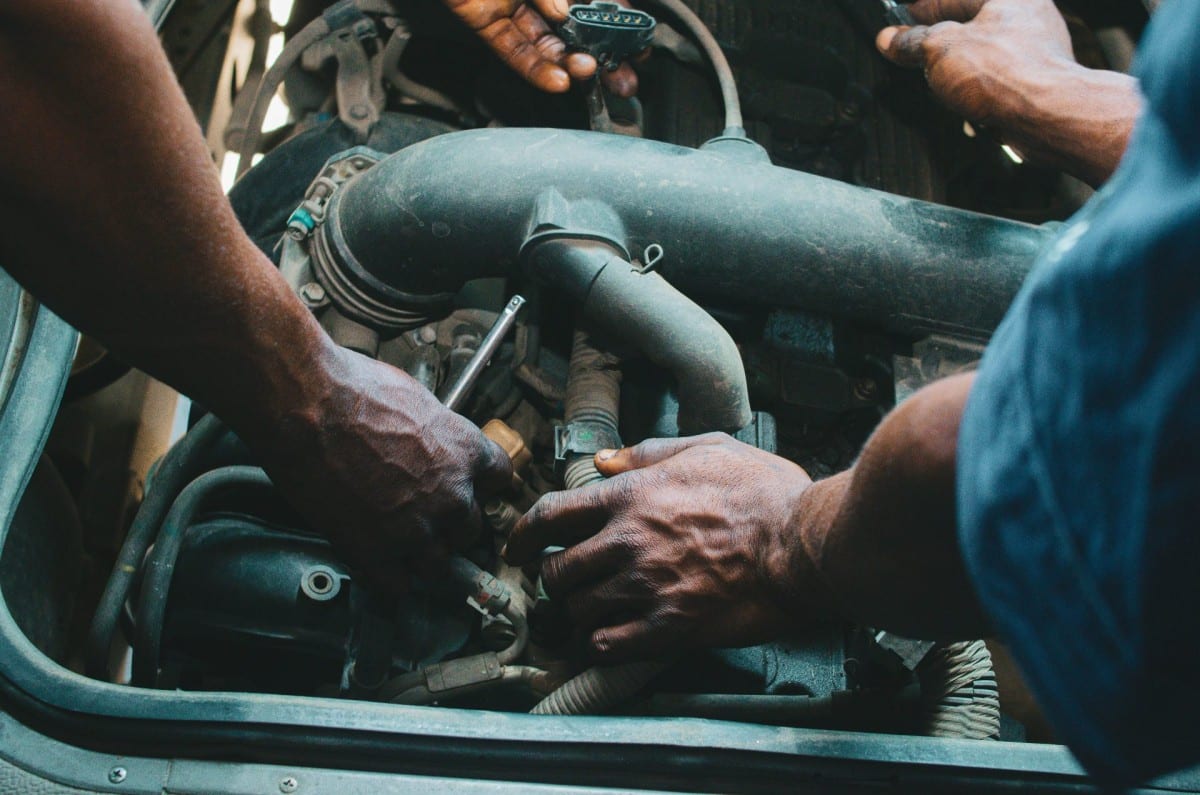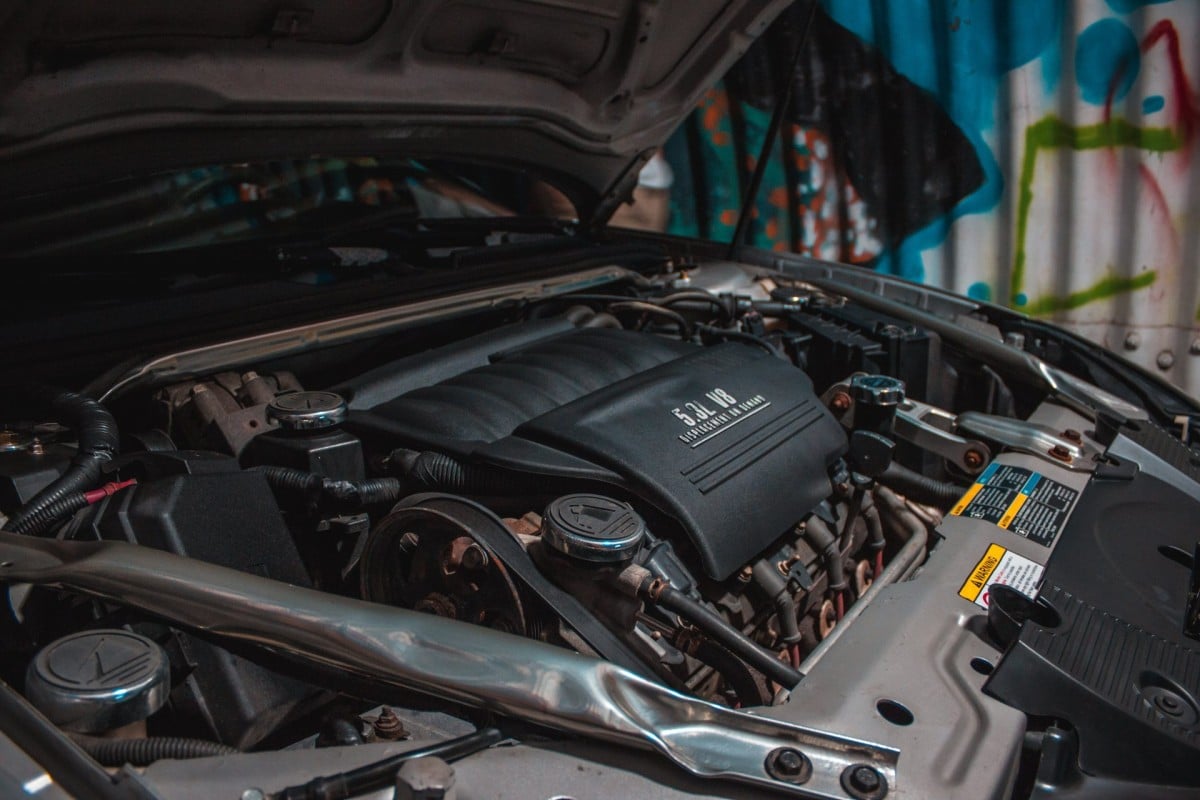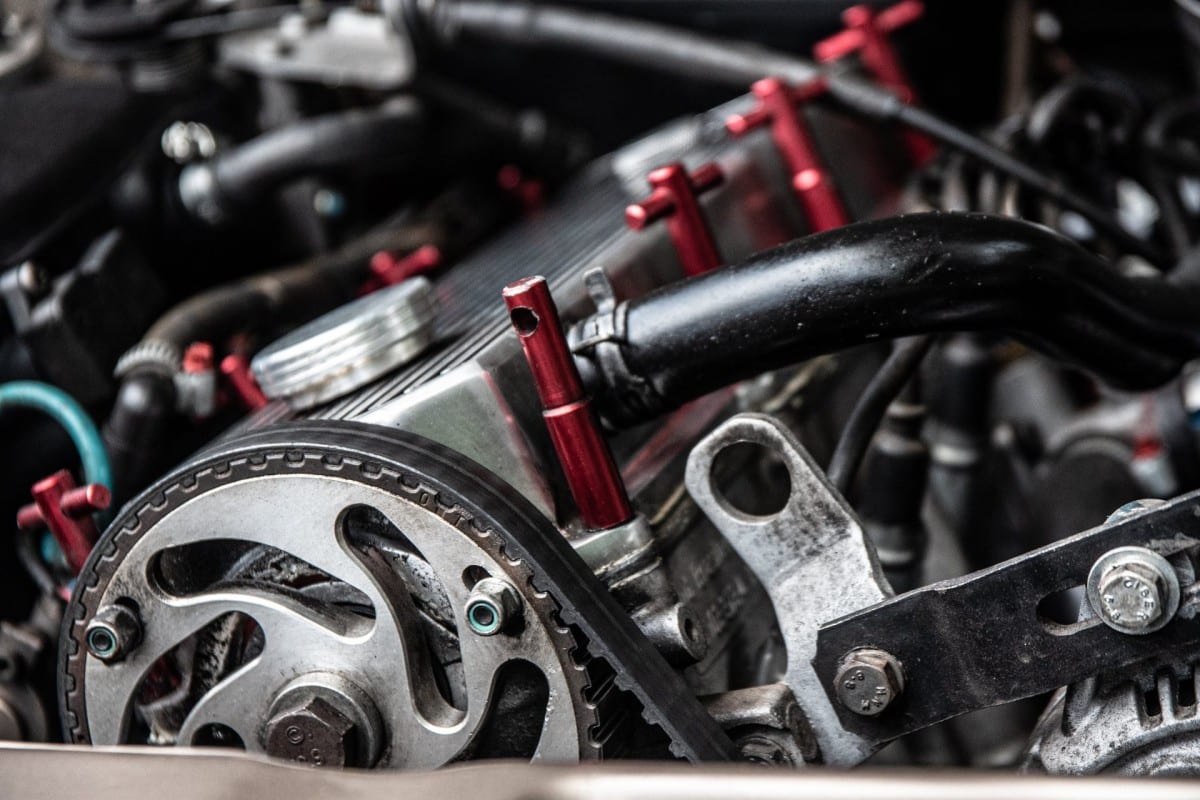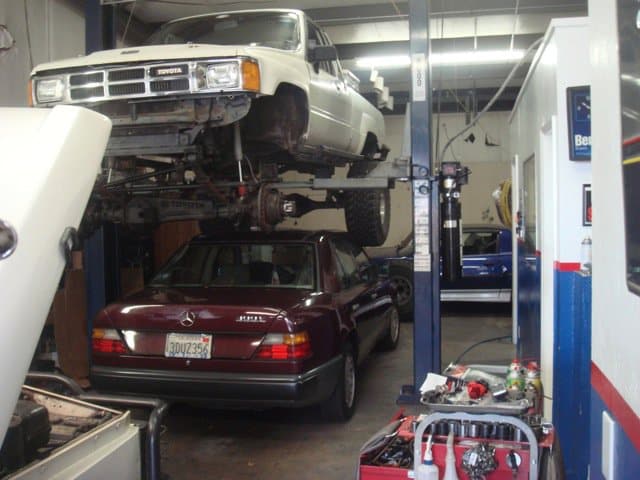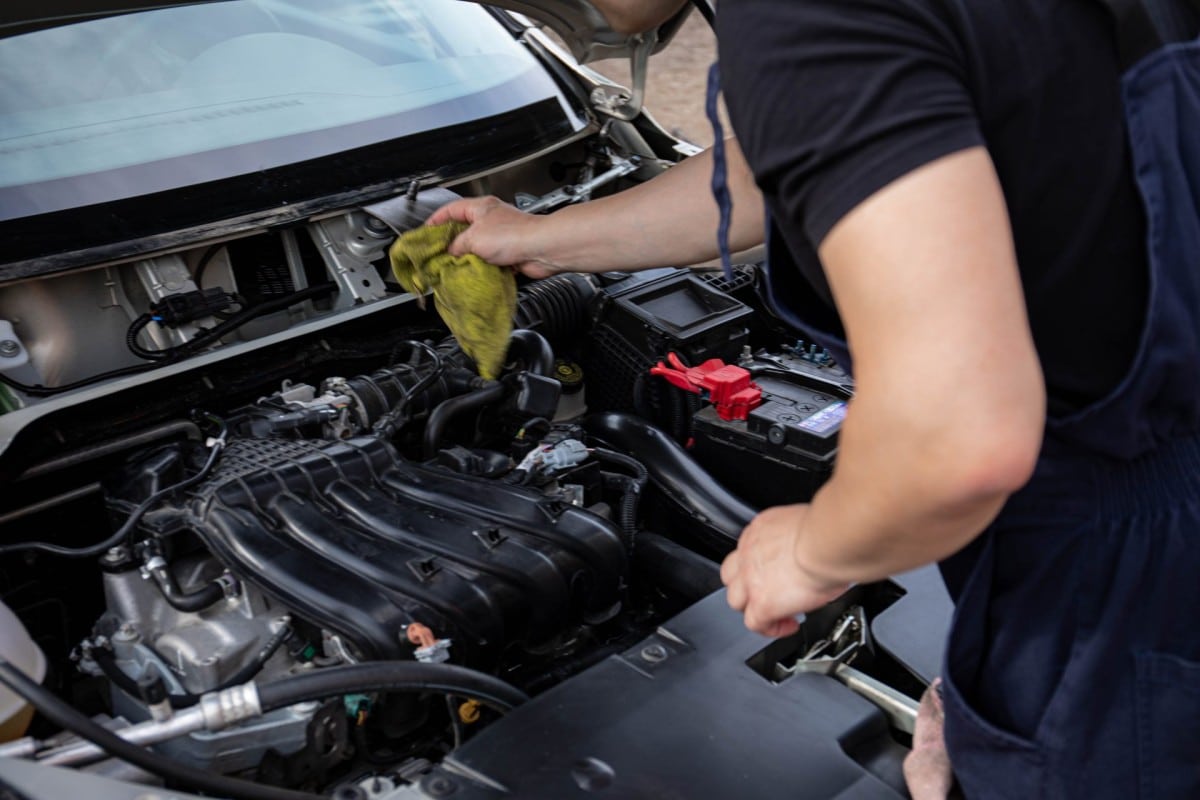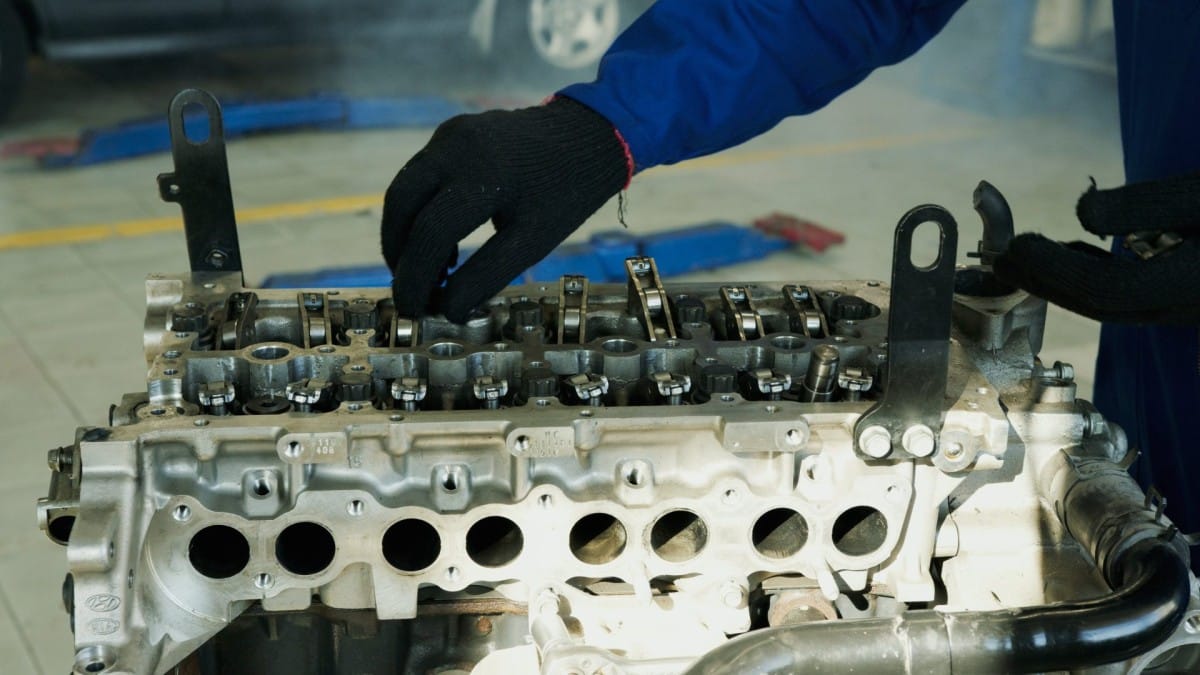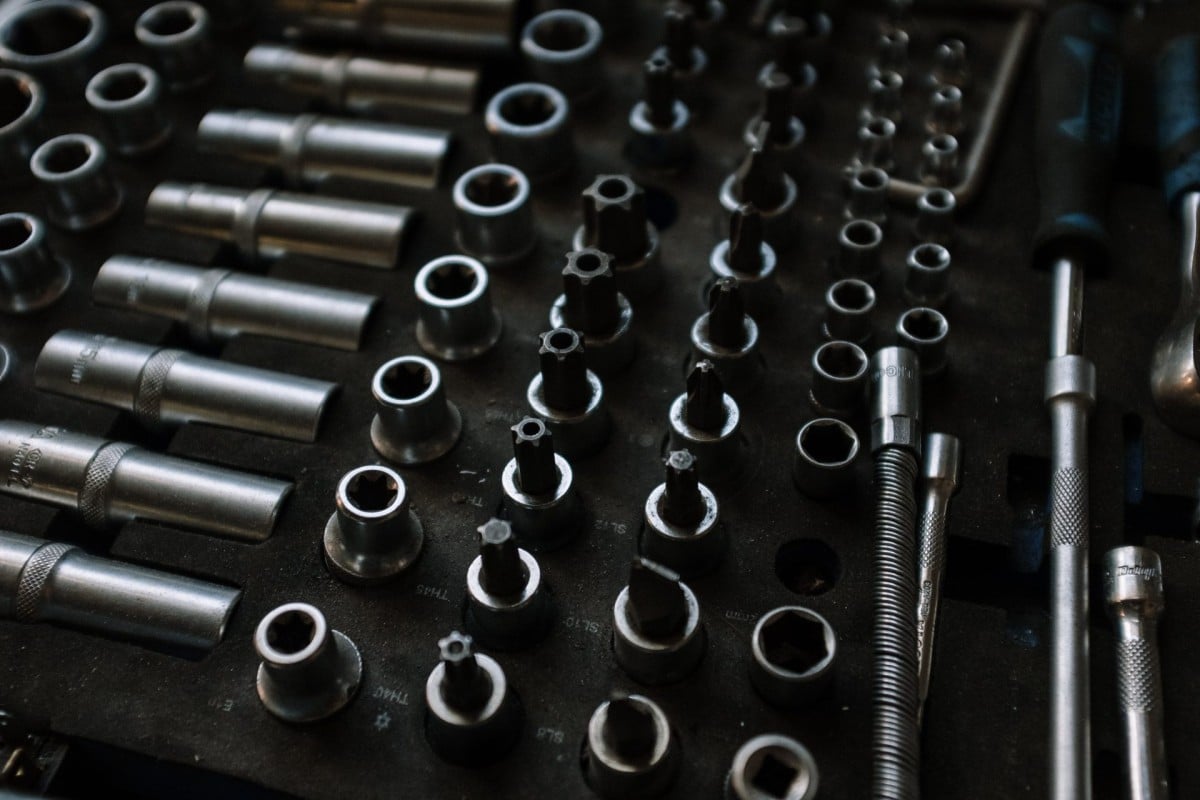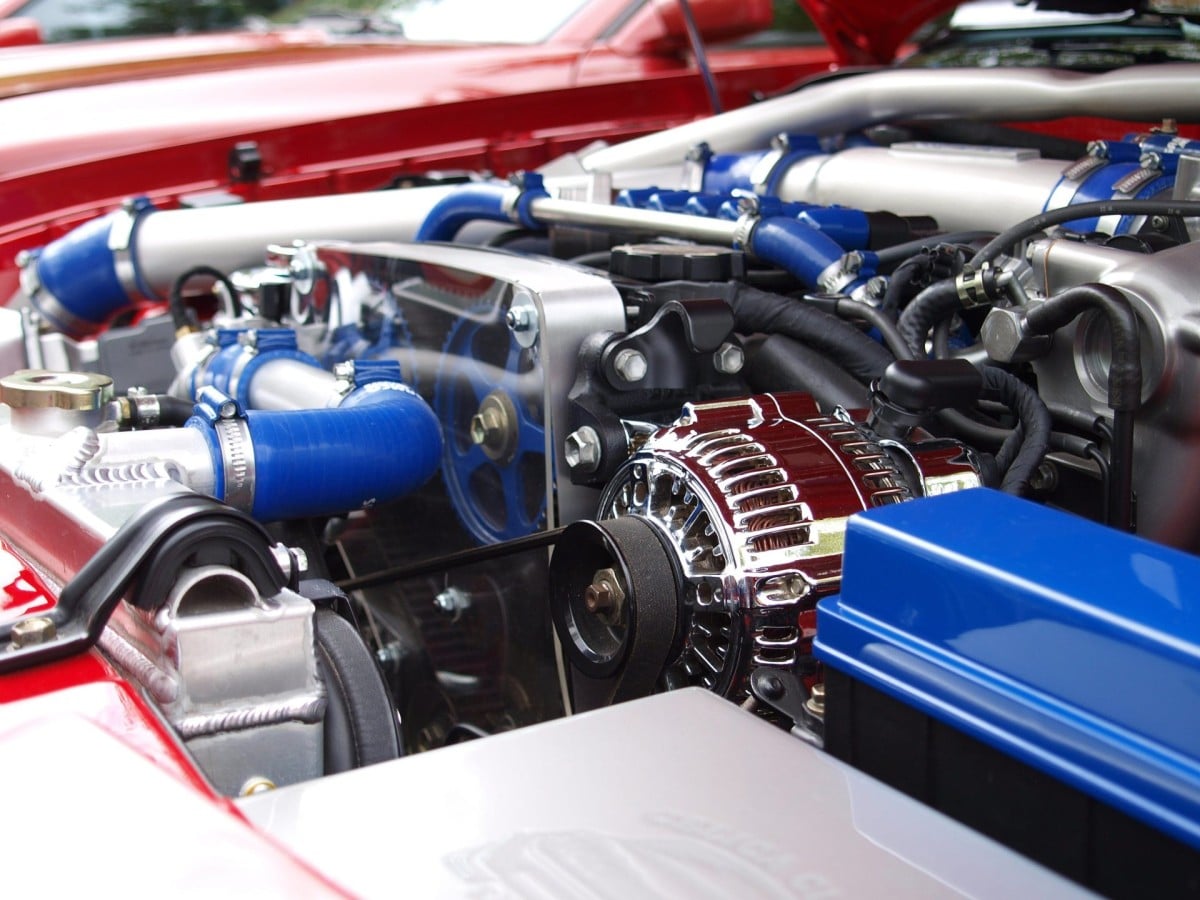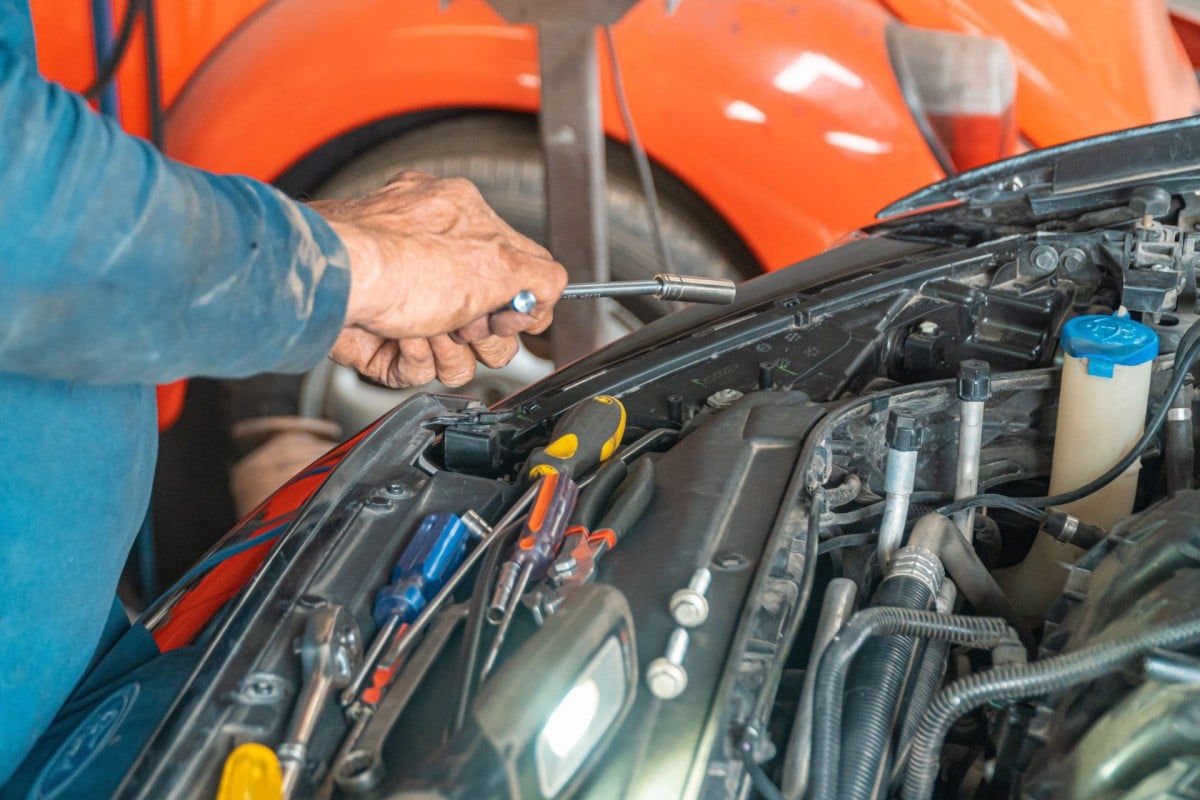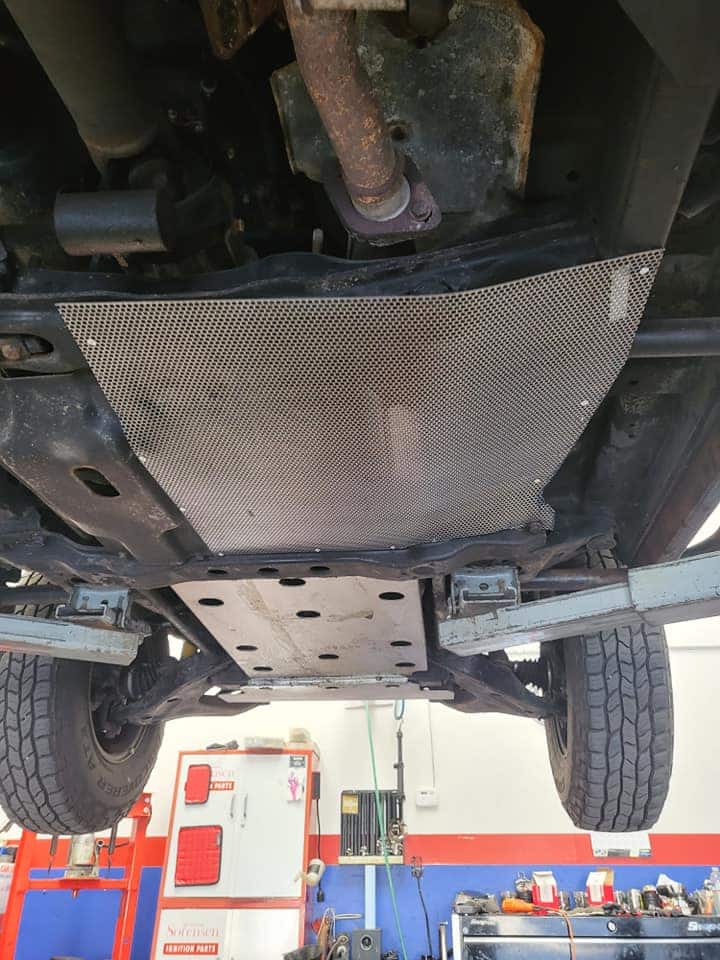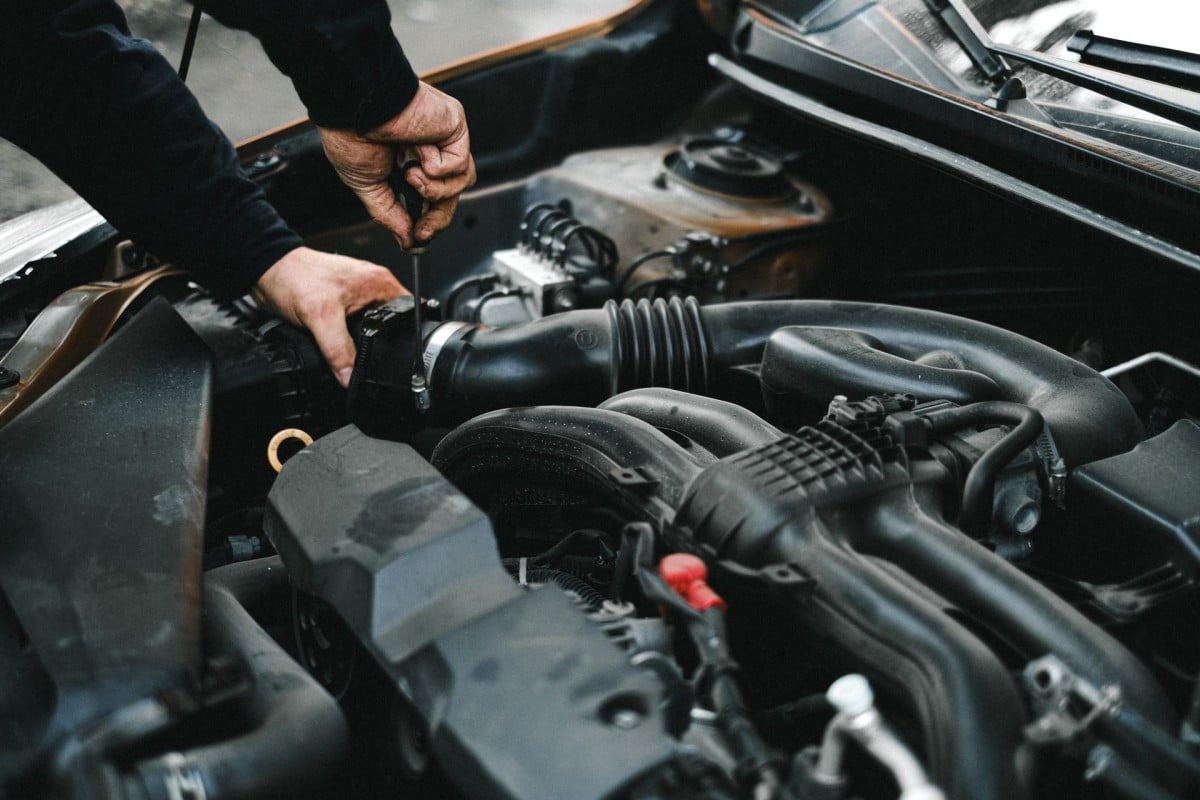If you're like most people, you hop into your car, start the engine, shift into gear and drive off, without giving much thought to the complex mechanics happening under the hood. However, understanding the type of transmission your vehicle has can make a significant difference in your driving experience and maintenance needs.
What is a Transmission?
Simply put, a vehicle's transmission is what transmits power from the engine to the wheels, enabling it to move. Different types of transmissions handle this process in various ways, each with its own set of benefits and drawbacks.
Manual Transmission
A manual transmission, also called a stick shift, is the traditional type of transmission that many of us learned to drive on. In manual transmissions, the driver controls the shifting of gears. They're often praised for providing a more engaging driving experience.
Pros of Manual Transmission:
- Greater control over the vehicle's performance
- Typically less expensive to repair and maintain
- Better fuel efficiency – if driven properly
Cons of Manual Transmission:
- Requires more skill and attention from the driver
- Can be difficult to use in heavy traffic or on steep hills
Automatic Transmission
In contrast, an automatic transmission does all the work for you. It shifts gears on its own, based on your speed and other factors. This ease of use has led to the automatic transmission becoming the standard in most new vehicles.
Pros of Automatic Transmission:
- Simpler to drive, especially for beginners or in traffic
- Allows the driver to focus more on other aspects of driving
Cons of Automatic Transmission:
- Typically more expensive to repair and maintain
- May consume more fuel than manual transmissions
Continuously Variable Transmission (CVT)
A relatively new type of transmission is the continuously variable transmission (CVT). Instead of having a set number of gears, a CVT uses belts and pulleys to provide an infinite range of gear ratios. This results in a smoother ride and better fuel efficiency.
Pros of CVT:
- Offers a smoother driving experience
- Generally more fuel-efficient than other transmission types
Cons of CVT:
- Can be expensive to repair or replace
- Some drivers dislike the feeling of a CVT
Knowing the type of transmission in your vehicle, its pros and cons, can help you maintain it properly, maximizing its lifespan and performance. Whether it's regular maintenance or addressing a more serious problem, it's important to have a trusted auto repair service to turn to.
At Sartorial Auto Repairs, we're committed to keeping your vehicle in top condition – no matter what type of transmission it has. Our team of knowledgeable experts is ready to answer any questions, and provide the quality services you need. Contact us today and let us take care of your vehicle's transmission needs.


